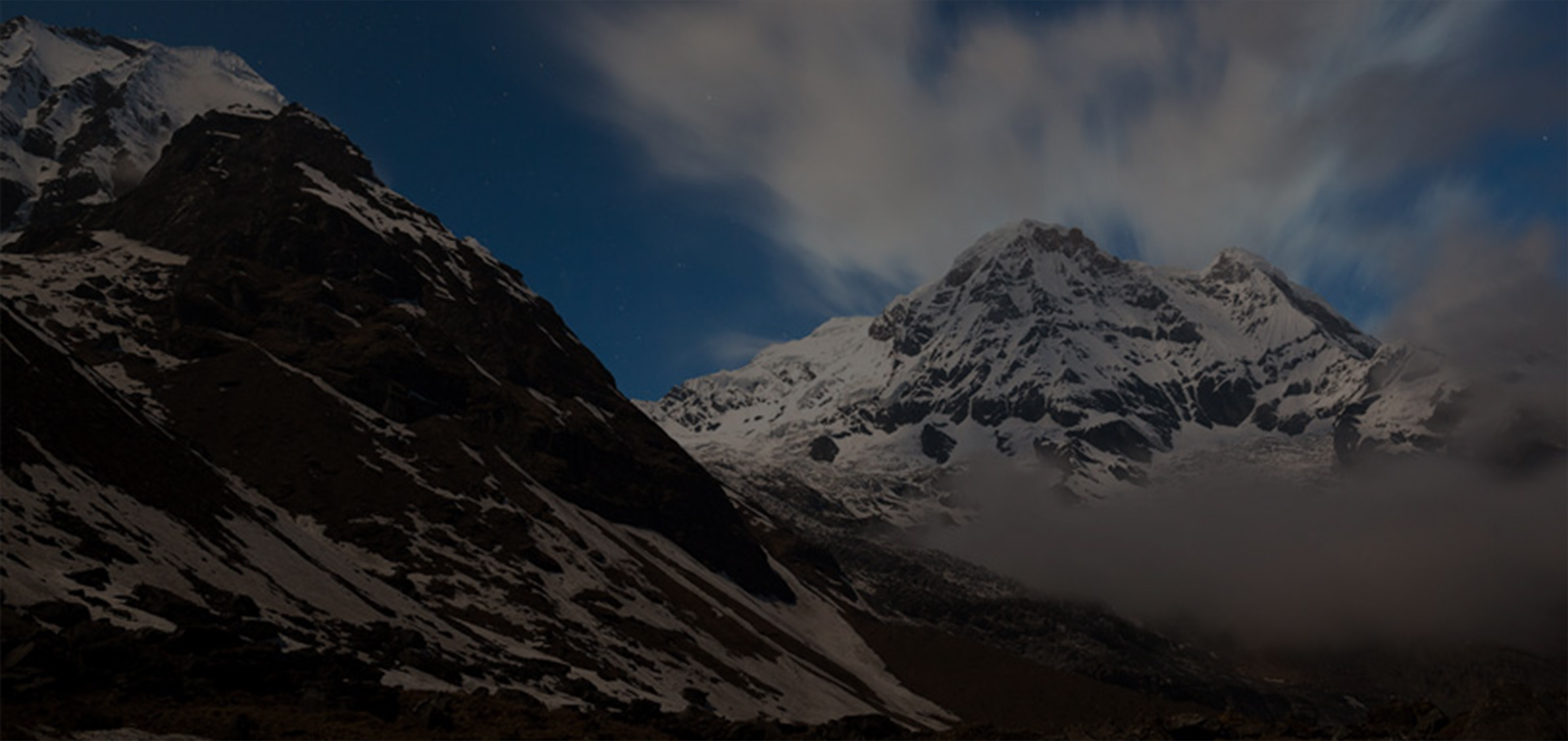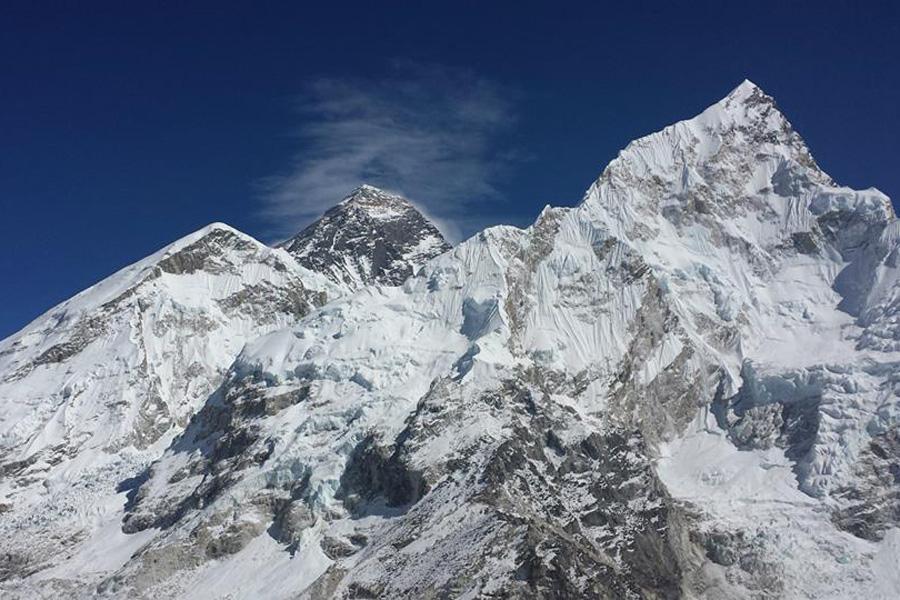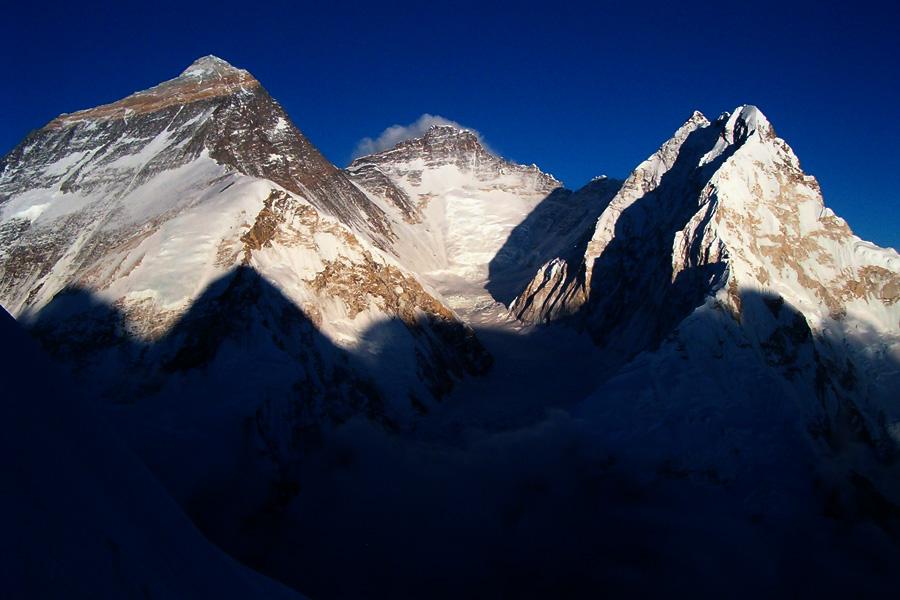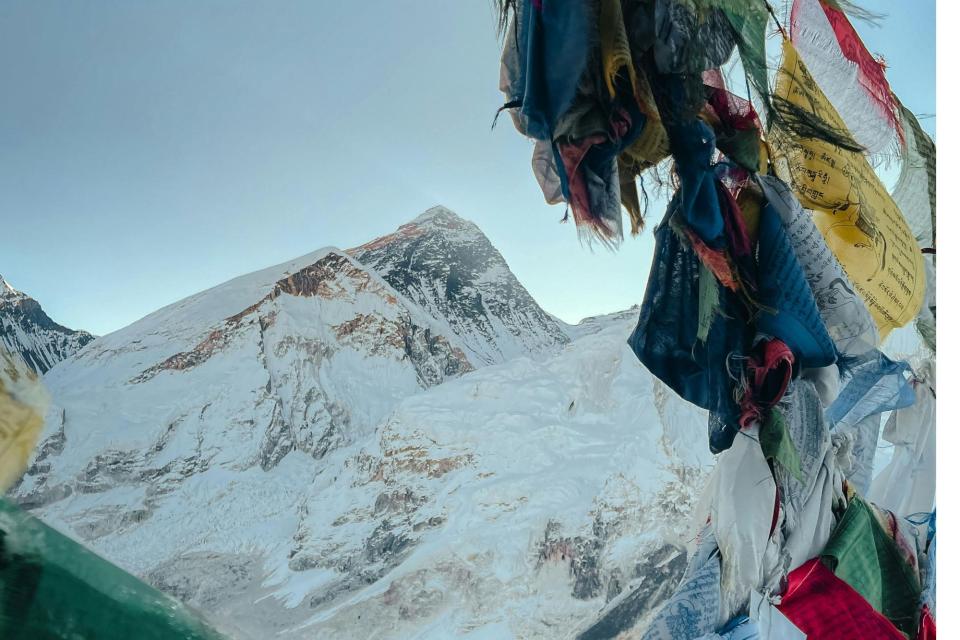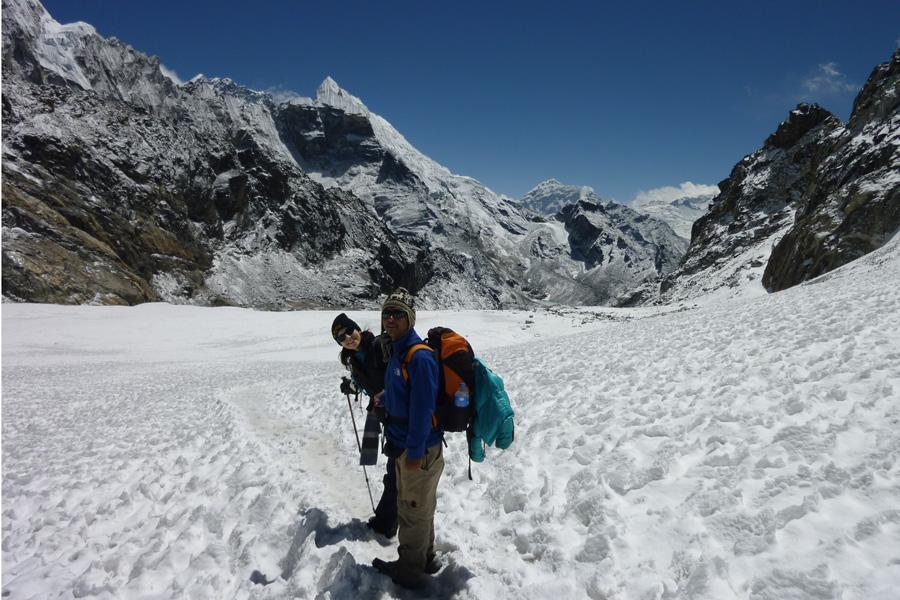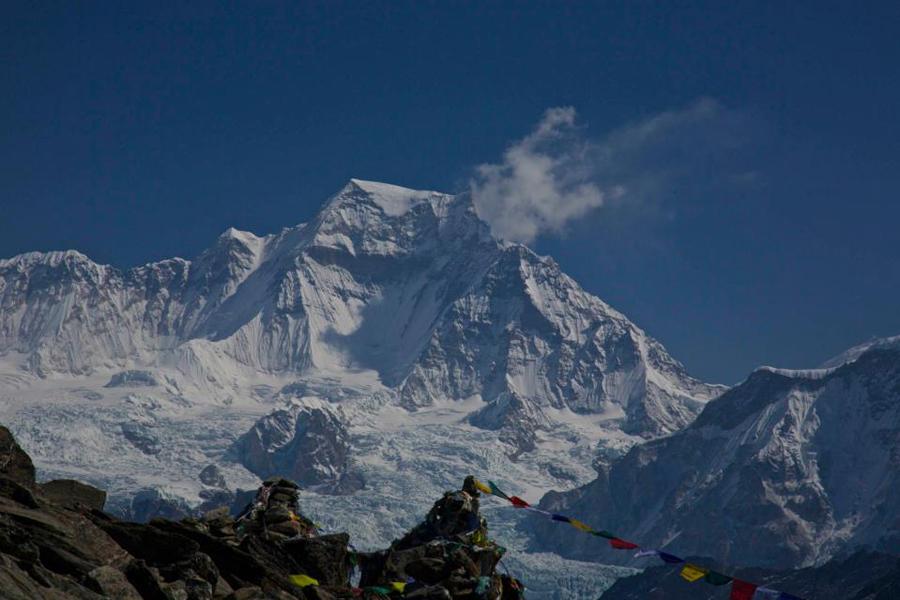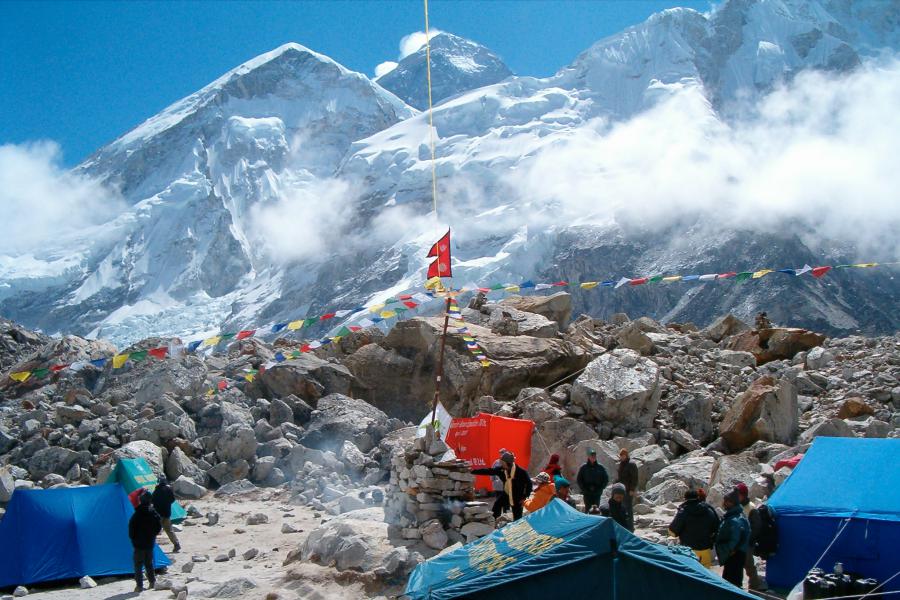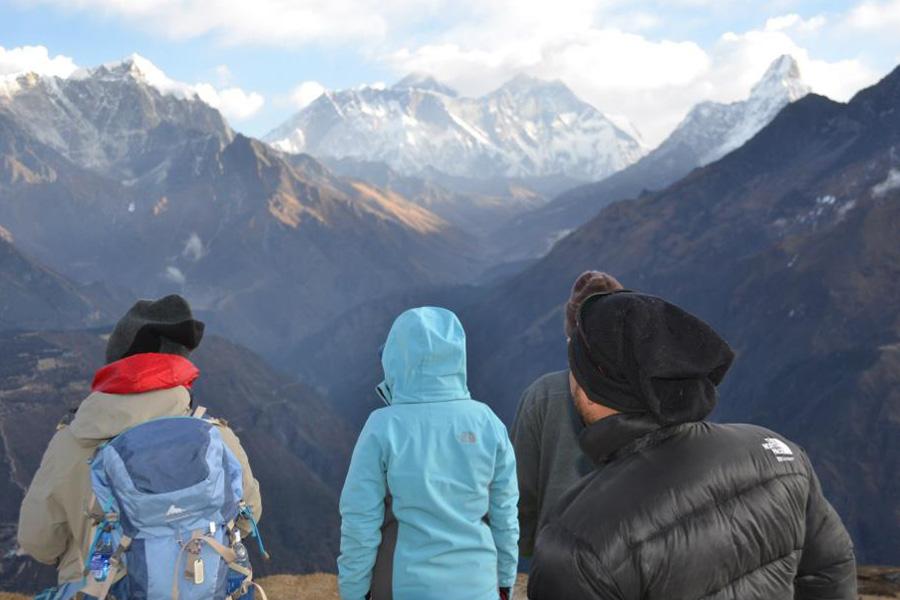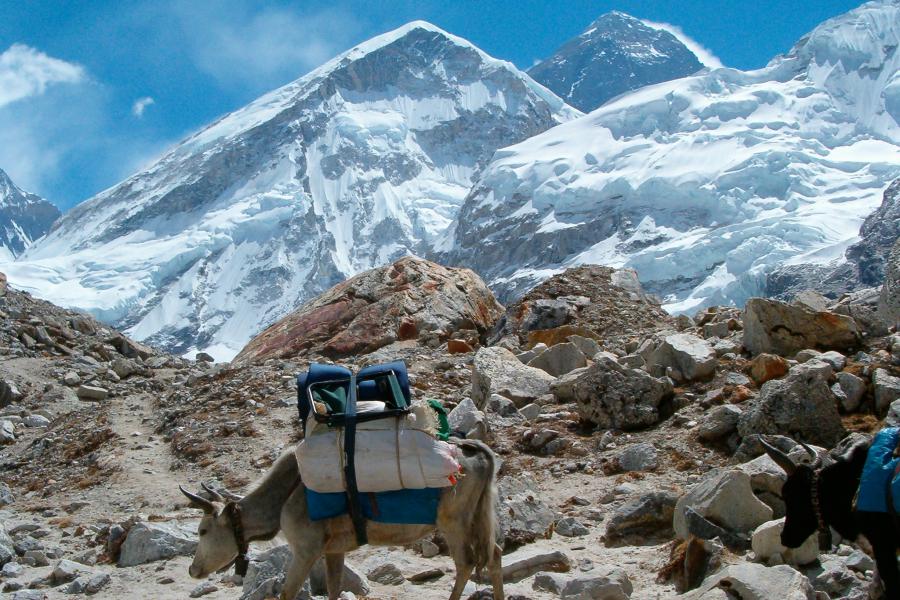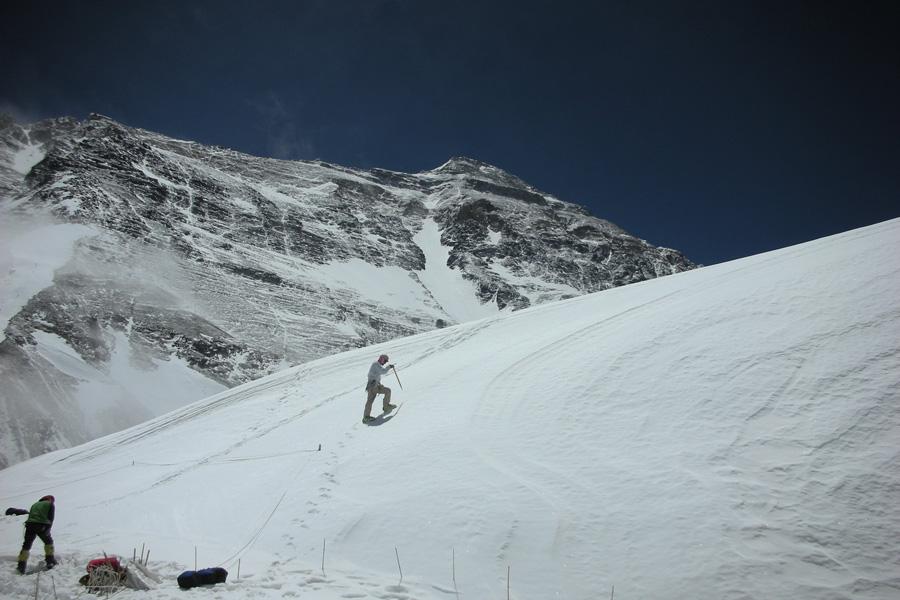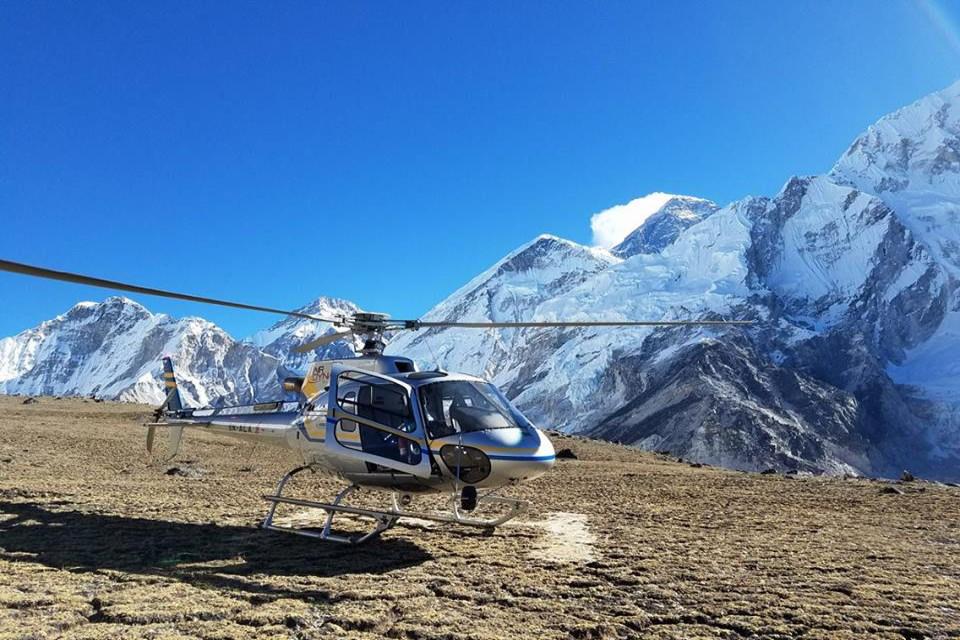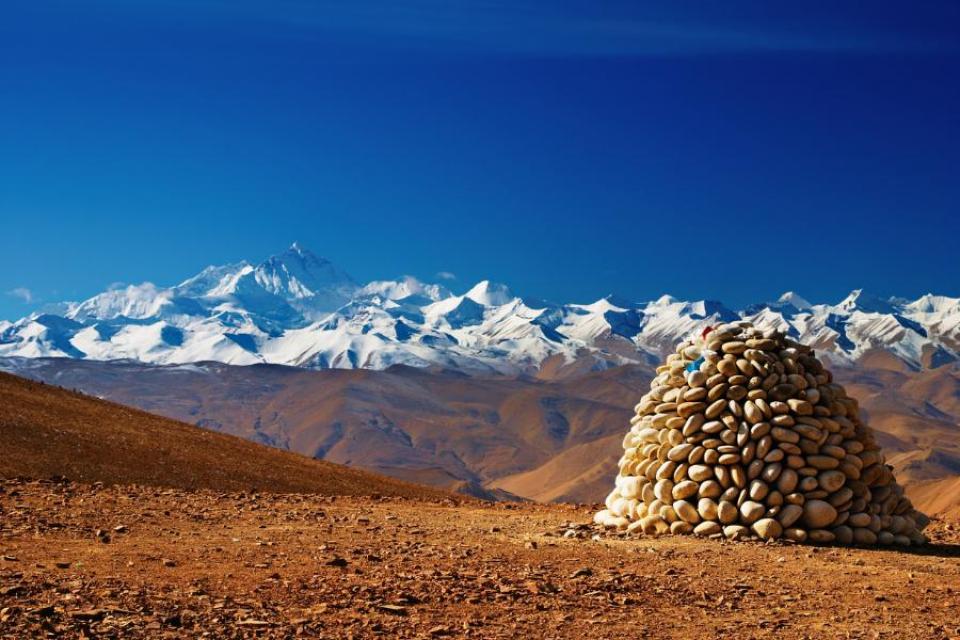Introduction: Why Timing Matters for Everest Base Camp Trek
Choosing the best time to trek Everest Base Camp is key to a successful and enjoyable journey. The weather varies greatly by season, affecting trail conditions, comfort, and safety. Trekking in the wrong season can make the adventure difficult or dangerous, while the right season offers clear skies, pleasant temperatures, and better trail conditions. By planning your trek for the best season, you can avoid bad weather and fully enjoy the stunning views and experience.
The weather, temperatures, and trail conditions greatly impact your Everest Base Camp (EBC) trek. In spring and autumn, the weather is clear, temperatures are mild, and the trails are dry, making for a comfortable trek. In winter, freezing temperatures and snow can make the path more difficult, while summer brings heavy rain, making trails muddy and slippery. Choosing the right Everest Base Camp trekking seasons ensures better weather, safer trails, and a more enjoyable journey to EBC.
The trekking conditions at Everest Base Camp vary by season. Therefore, setting expectations for your EBC trek is important. In spring and autumn, the weather is mild and clear, making it the best time to trek, though it can still get cold at higher altitudes. Summer brings rain and muddy trails, while winter is freezing with snow and shorter days. Knowing the seasons helps you prepare for a safer and more enjoyable trek.
Spring (March to May): The Peak Trekking Season
The spring season is ideal for all trekkers, offering mild weather and clear skies. Daytime temperatures range from 10°C to 15°C, making trekking comfortable, while chilly nights at higher altitudes add a cool touch. The season provides breathtaking views of the mountains, with dry trails that ensure safety. Overall, spring is a safe and enjoyable time to trek to Everest Base Camp, making it the best choice for all level trekkers.
- Advantages:
- Best time for clear skies and panoramic mountain views.
- Ideal conditions for trekkers with moderate temperatures and dry trails.
- Vibrant rhododendron blooms at lower altitudes add beauty to the landscape.
- More trekkers, guides, and porters available for support.
- Safe and enjoyable trekking conditions
- Crowds: This is the most popular trekking season; you’ll encounter other trekkers, but not as crowded as peak tourist destinations.
- Challenges: Trekkers face overcrowding, fluctuating weather and the potential of altitude sickness.
- Best For: First-time trekkers, photographers, and those seeking optimal weather conditions.
Autumn (September to November): Clear Skies and Perfect Views
Autumn, with its post-monsoon weather, brings cooler but stable conditions, making it a great time to trek to Everest Base Camp. Daytime temperatures range from 10°C to 15°C, providing comfortable trekking conditions. This season offers clear skies and stunning mountain views, without the crowds of spring. Autumn is ideal for experienced trekkers who want a quieter experience, as well as for photographers looking to capture beautiful landscapes. It’s perfect for those who prefer trekking in calmer, less crowded conditions.
- Advantages:
- Clear skies offer incredible mountain views and fewer clouds.
- Moderate trekking conditions with mostly dry trails.
- Slightly fewer trekkers compared to the spring season, offering a more peaceful trek.
- Ideal for experienced trekkers seeking quieter trek.
- More peaceful trekking conditions with less noise.
- Crowds: In autumn, Everest Base Camp experiences moderate to high crowds due to favorable weather conditions, with October and November being peak trekking months.
- Challenges: Nights can be cold, and higher altitudes can see sub-zero temperatures.
- Best For:
- Ideal season for photographers at Everest Base Camp
- Experienced trekkers who want clear views without the spring crowds and
- Those who enjoy trekking in quieter conditions.
Summer (June to August): The Monsoon Season
The Everest Base Camp trek during the monsoon season brings heavy rainfall and high humidity. The weather conditions on the EBC trek during summer become warmer at lower altitudes but very wet, with rain occurring almost daily. The trails can be muddy and slippery, making trekking more difficult and risky. Increased cloud cover can block the stunning mountain views, and the atmosphere can feel damp and uncomfortable. These conditions make trekking to Everest Base Camp in summer a less ideal choice.
- Disadvantages:
- Risk of slippery and muddy trails, landslides, and washed-out paths.
- Visibility is poor due to constant cloud cover and rain.
- High humidity and discomfort at lower altitudes.
- Increased risk of leeches and muddy conditions in forested areas.
- Crowds: In summer, crowds at Everest Base Camp are low due to the challenging monsoon conditions and heavy rainfall.
- Challenges: Trekking to Everest Base Camp is difficult due to heavy rainfall, slippery trails, high humidity, and limited visibility from cloud cover
- Best For: Only experienced trekkers with the right gear and preparedness for extreme conditions.
- Recommendation: Summer is not the ideal time to trek to EBC, and it’s better to consider alternatives during this time of year.
Winter (December to February): The Quiet and Challenging Season
In winter, the weather is freezing, making the trek challenging. During the day, the Everest Base Camp trek temperatures range from 5°C to 10°C, but they drop significantly at higher altitudes. Nights can fall well below freezing. Trekkers must be well-prepared with warm clothing and gear for safety and comfort. While winter offers fewer crowds and stunning snowy views, the harsh conditions require careful planning and extra preparation for a successful trek.
- Advantages:
- Fewer trekkers on the trail, providing a serene, peaceful experience.
- Snow-covered peaks and a completely different, wintery landscape.
- Clear skies and beautiful sunrise and sunset views.
- Challenges:
- Extremely cold temperatures, with potential for temperatures below -20°C at higher altitudes.
- Shorter daylight hours, limiting trekking time.
- Risk of snowstorms and challenging conditions at higher elevations.
- Crowds: Trekkers are minimal due to the harsh cold, snow, and challenging conditions.
- Best For: Experienced trekkers looking for solitude and prepared for extreme cold.
- Recommendation: Ensure you have high-quality warm clothing, prepare for freezing temperatures, and be ready for snow and icy conditions.
Best Months for EBC Trek
- Spring (March to May): Perfect for optimal conditions, flowers in bloom, and stunning views.
- Autumn (September to November): Ideal for clearer skies and moderate weather, with fewer crowds than spring.
- Avoid Summer (June to August): Due to the monsoon rains, summer isn’t suitable for trekking.
- Winter (December to February): Challenging but rewarding for those who enjoy winter landscapes and quiet treks.
Tips: Spring and Autumn seasons for trekking to EBC are the best months for EBC trek because of the favorable weather, clear skies, and majestic views of the mountains.
How Weather Affects Your Everest Base Camp Trek Experience
1. Temperature:
- It’s mild at Lukla, but gets colder as you go higher, with freezing temperatures at Everest Base Camp.
2. Trail Conditions:
- In summer, trails are muddy and slippery from the rain. In winter, snow and ice make the trails tough to walk on.
3. Health:
- Altitude sickness is a risk. Winter and Summer humidity can make it harder to adjust to the altitude.
Packing Tips for Each Season
Packing for each season is one of the most important aspects to ensure a comfortable and successful journey. You should focus on packing according to each season so that you can carry only essential items, avoiding unnecessary weight to make your trek easier and more comfortable.
- Spring & Autumn: Pack layered clothing for varying temperatures, a light jacket for day and a warmer one for night, plus sun protection.
- Summer: Bring waterproof gear, lightweight clothes for humidity, and trekking poles for slippery trails.
- Winter: Pack warm, insulated clothing, thermal socks, and heavy-duty gloves, plus a cold-weather sleeping bag.
Essential Gear for All Seasons: Trekking gears, like trekking poles, hydration systems, sleeping bags, footwear, and personal items.
EBC Trekking Tips
EBC trekking tips according to the changing season are given below:-
1. Spring (March-May):
- Carry layers for varying climate; pack sunscreen for high-altitude sun.
- Book accommodations and permits early due to the peak trekking season.
2. Autumn (September-November):
- Ensure good hydration and wear light but warm clothing for cooler nights.
- Plan for early starts to avoid crowds on trails.
3. Winter (December-February):
- Bring warm, layered clothing and high-quality winter gear.
- Be mentally prepared for danger conditions and potential trail closures due to snow.
4. Summer/Monsoon (June-August):
- Pack waterproof gear and trekking poles for balance on muddy paths.
- Be prepared for limited visibility due to cloud cover and shorter days for possibility of delays.
Conclusion: Choosing the Best Time for Your EBC Adventure
Deciding on the best time to trek Everest Base Camp is crucial because favorable conditions allow trekkers to walk comfortably, without hesitation, and complete their journey. During the ideal seasons, the trails are in good condition, and trekkers can enjoy smooth, safe paths. Additionally, proper accommodations in lodges and tea houses are available, making the trek more comfortable and enjoyable. By picking the right time, trekkers can have the best experience, with clear skies, mild temperatures, and excellent facilities along the route.
Author: Samikshya Kalyan
Date: 5th December, 2024
Related Trip


